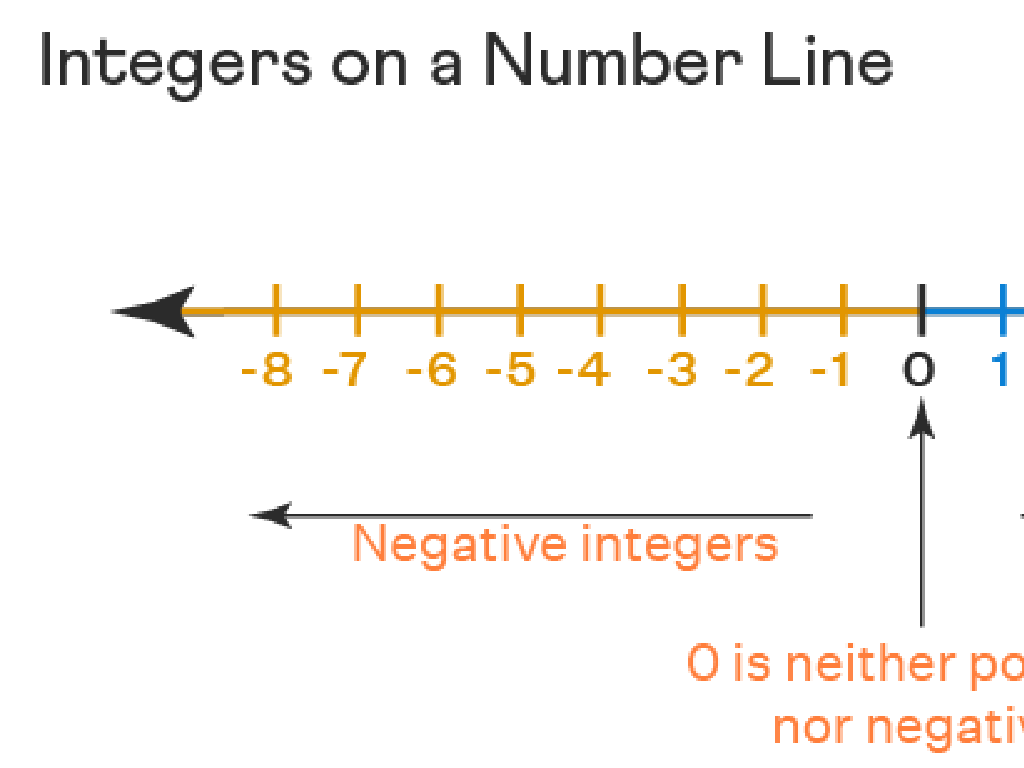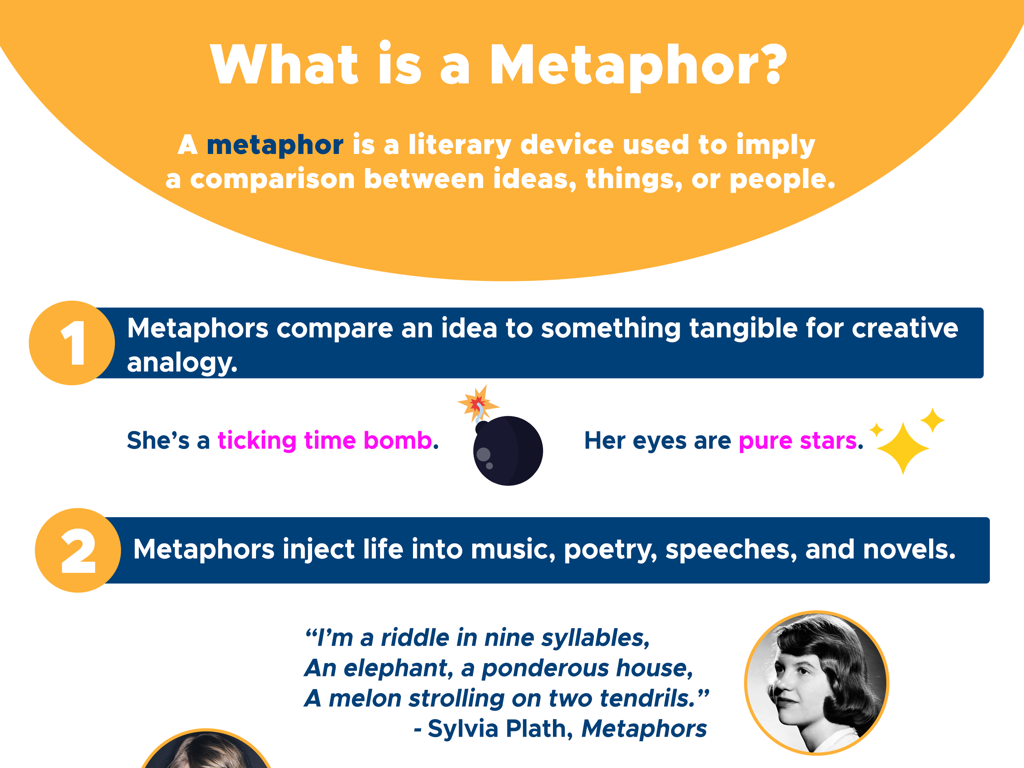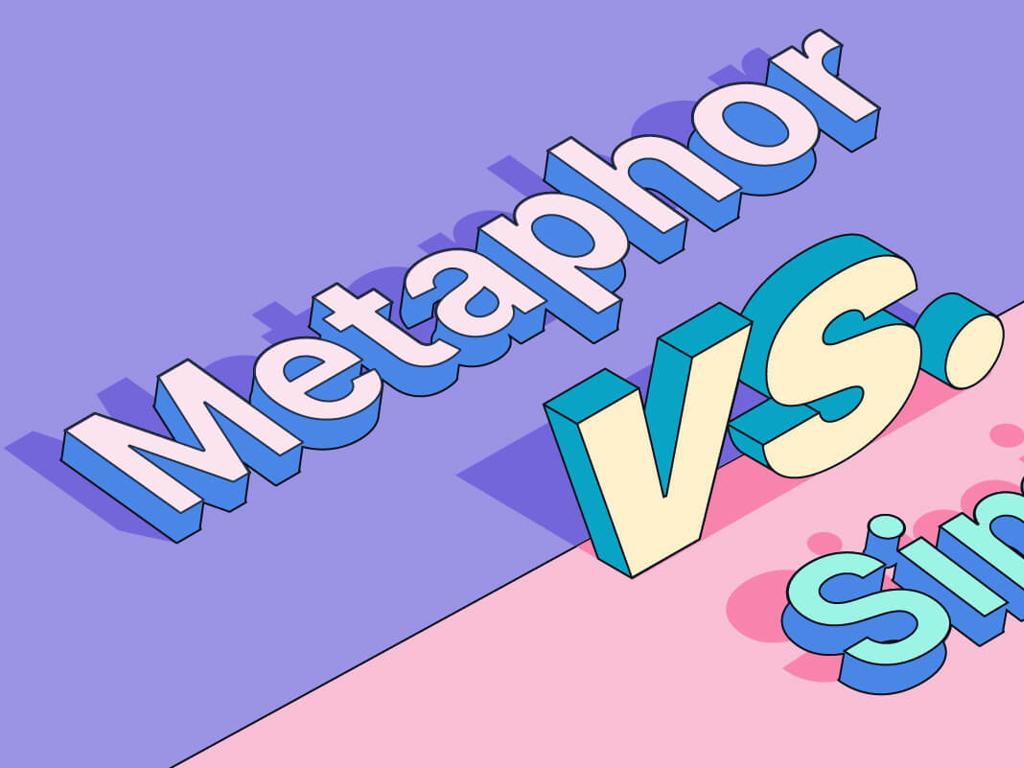Identify Equivalent Expressions I
Subject: Math
Grade: Sixth grade
Topic: Equivalent Expressions
Please LOG IN to download the presentation. Access is available to registered users only.
View More Content
Welcome to Equivalent Expressions!
– Balance in mathematics
– Equivalence maintains equality, like scales in balance.
– Defining equivalent expressions
– Expressions with the same value, despite different forms.
– The significance of equivalence
– They simplify complex problems and verify solutions.
– Practical applications
– Used in algebra to solve equations and real-life scenarios.
|
This slide introduces the concept of equivalent expressions, which is a cornerstone in understanding algebra and mathematics as a whole. Start by explaining the idea of balance in math, akin to two sides of a scale that must remain equal. Then, define equivalent expressions as different expressions that represent the same value. Discuss why recognizing equivalent expressions is crucial: it helps in simplifying expressions, solving equations, and confirming the correctness of solutions. Highlight the practicality of this concept by showing how it’s used in everyday problem-solving and in more advanced areas of math. Encourage students to think of examples where two different looking expressions can have the same value.
Understanding Equivalent Expressions
– Define ‘Equivalent’
– Having the same value or amount as another.
– Everyday examples of equivalence
– Two 1/4 cups of sugar is equivalent to 1/2 cup.
– ‘Equivalent’ vs ‘Equal’
– Equivalent: same value, possibly different forms. Equal: exactly the same.
– Practice with math expressions
|
This slide introduces the concept of equivalence, a foundational idea in mathematics and everyday life. Start by defining ‘equivalent’ as having the same value, even if presented differently. Provide relatable examples, such as combining measurements when cooking, to illustrate the concept. Clarify the difference between ‘equivalent’ and ‘equal’ by explaining that ‘equal’ means exactly the same in every way, while ‘equivalent’ expressions might look different but represent the same value. Encourage students to think of other examples of equivalence in their daily lives. Conclude with practice problems where students identify equivalent mathematical expressions, reinforcing the concept through application.
Expressions in Math: Building Blocks
– Define mathematical expression
– A combination of numbers, variables, and operations
– Explore expression components
– Variables, constants, coefficients, and operators
– Learn to combine like terms
– Add or subtract terms with the same variable
– Practice with examples
– Use sample expressions to apply concepts
|
This slide introduces students to the fundamental concepts of mathematical expressions. Start by defining what a mathematical expression is, emphasizing that it’s a mix of numbers, variables (like x or y), and operations (such as addition or subtraction). Next, break down the components of expressions, explaining variables (letters representing numbers), constants (fixed values), coefficients (numbers multiplied by variables), and operators (symbols that show operations). Teach students how to combine like terms, which means adding or subtracting terms that have the same variable. Finally, provide practice examples for students to apply these concepts, reinforcing their understanding of how to identify and create equivalent expressions.
Identifying Equivalent Expressions
– Use properties of operations
– Commutative, Associative, Distributive laws
– Simplify expressions
– Combine like terms, reduce fractions
– Examples of equivalent expressions
– 3(x + 4) and 3x + 12 are equivalent
– Practice with real problems
|
This slide introduces students to the concept of equivalent expressions in mathematics. Start by explaining the properties of operations such as commutative (a + b = b + a), associative ((a + b) + c = a + (b + c)), and distributive (a(b + c) = ab + ac) laws. These properties allow us to manipulate and simplify expressions. Show how to combine like terms and reduce fractions to simplify expressions further. Provide clear examples of equivalent expressions, such as 3(x + 4) and 3x + 12, and explain why they are the same. Encourage students to apply these concepts by practicing with real problems, reinforcing their understanding through hands-on experience. The goal is for students to become comfortable with identifying and creating equivalent expressions using these methods.
Practice Time: Simplifying Expressions
– Simplify expressions as a class
– Work in pairs to find equivalents
– Find a partner and compare your answers
– Group activity: matching expressions
– Each group gets different expressions to match
– Discuss findings with the class
– Share your matches and explain your reasoning
|
This slide is designed to engage students in hands-on practice with simplifying and identifying equivalent expressions. Start by working through a few examples as a class to demonstrate the process of simplification. Then, have students pair up to work on finding equivalent expressions, encouraging collaboration and peer learning. The group activity will involve matching equivalent expressions, which can include a mix of numerical and algebraic expressions. Provide each group with a set of expressions on cards to match. After the activity, bring the class together to discuss their findings and the strategies they used to identify equivalences. This will reinforce their understanding and allow them to learn from each other’s approaches. Prepare 4-5 different sets of expressions for variety among groups.
Real-World Applications of Equivalent Expressions
– Understanding equivalent expressions
– They represent the same value in different forms
– Solving real-life problems
– Use them to compare prices, recipes, or budgets
– Discussing everyday examples
– Have you seen similar patterns in shopping or cooking?
– Encouraging practical application
|
This slide aims to show students how the math they learn in school applies to everyday situations. Start by explaining that equivalent expressions are different ways to express the same value, much like how 1/2 is the same as 2/4 or 50%. Then, illustrate how this concept is used in real-life scenarios, such as finding the best buy in a grocery store or adjusting a recipe’s ingredients. Encourage students to think of and discuss times when they have encountered equivalent expressions outside of school, such as in sports statistics, cooking, or shopping. This will help them understand the practicality of math in their daily lives and see the value in learning these concepts.
Class Activity: Equivalent Expression Challenge
– Create your own equivalent expressions
– Engage in a class competition
– Who will be the Equivalent Expression Champion?
– Find the most equivalent expressions
– Use addition, subtraction, multiplication, or division
– Share and explain your findings
– Discuss how you determined the expressions are equivalent
|
This activity is designed to encourage students to apply their knowledge of equivalent expressions in a fun and interactive way. Students will create their own sets of equivalent expressions using different mathematical operations. They will then compete to see who can come up with the most equivalents. This competition will not only engage them but also reinforce their understanding of the concept. After the competition, students will share their expressions with the class and explain the reasoning behind their equivalency. This will foster a collaborative learning environment where students can learn from each other. Possible activities include creating expressions that simplify to the same value, finding different ways to represent a given expression, or using algebra tiles to visually demonstrate equivalency. The teacher should circulate the room, providing guidance and ensuring that each student participates and understands the concept of equivalent expressions.
Review & Reflection: Equivalent Expressions
– Recap of today’s lesson
– Significance of equivalent expressions
– They simplify complex problems and show relationships between different terms.
– Open floor for questions
– Share any ‘Aha!’ moments
– Moments when the concept ‘clicked’ for you.
|
This slide aims to consolidate the day’s learning about equivalent expressions. Start by summarizing the key points covered in the lesson, ensuring students have a clear understanding of the topic. Discuss the importance of equivalent expressions in simplifying algebraic problems and how they reveal the underlying relationships between mathematical terms. Encourage students to ask any lingering questions they might have, providing clarification where needed. Finally, invite students to share their ‘Aha!’ moments to foster a collaborative learning environment where insights are valued and shared. This reflection time is crucial for reinforcing concepts and assessing student comprehension.
Homework: Mastering Equivalent Expressions
– Practice identifying equivalent expressions
– Complete the provided worksheet
– Focus on exercises that challenge your understanding
– Study for the upcoming quiz
– Review your notes and ask questions if you’re unsure
– Quiz covers equivalent expressions
– Ensure you understand how to determine if expressions are equivalent
|
This homework assignment is designed to reinforce the concept of equivalent expressions, which are different expressions that have the same value. Students are expected to complete a worksheet that provides practice problems on this topic. The worksheet should include a variety of problems, including those that require simplifying expressions and determining the equivalence of two expressions. As preparation for the quiz, students should review their class notes, revisit any in-class activities, and ensure they understand the methods for identifying equivalent expressions. The quiz will assess their ability to recognize and generate equivalent expressions. Encourage students to form study groups if they find it helpful and remind them to reach out for help if they encounter difficulties while studying.






